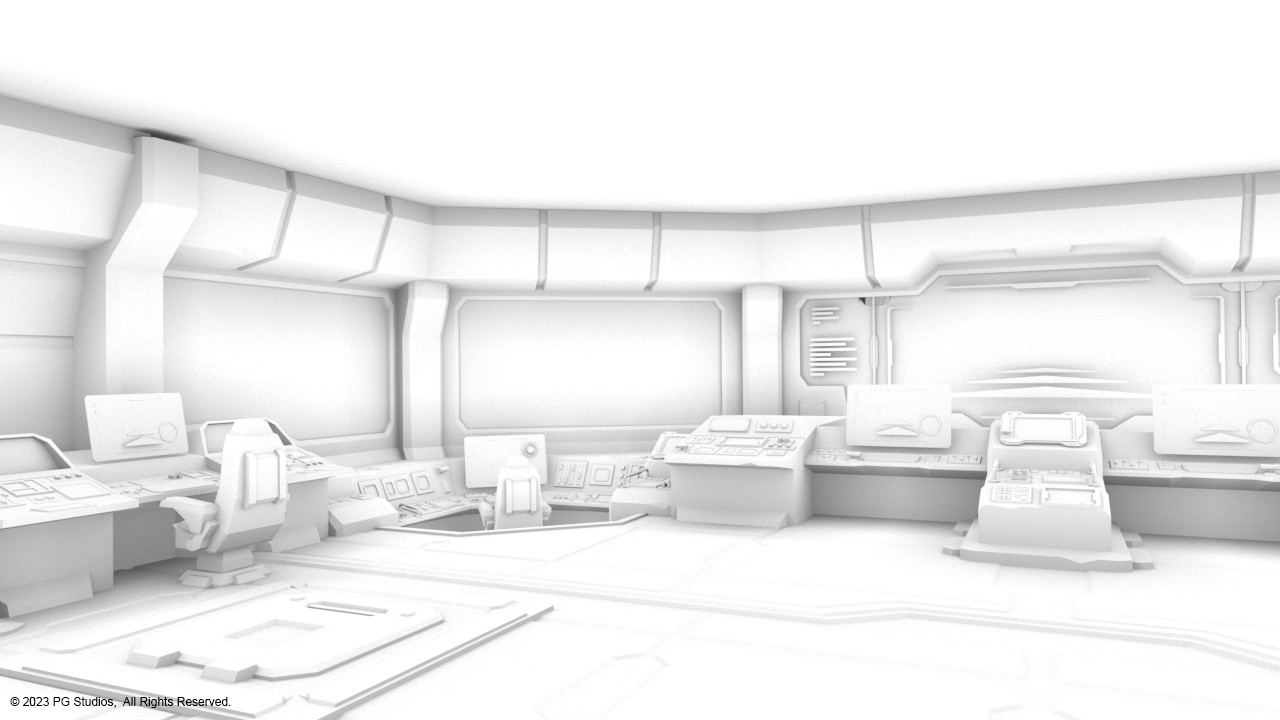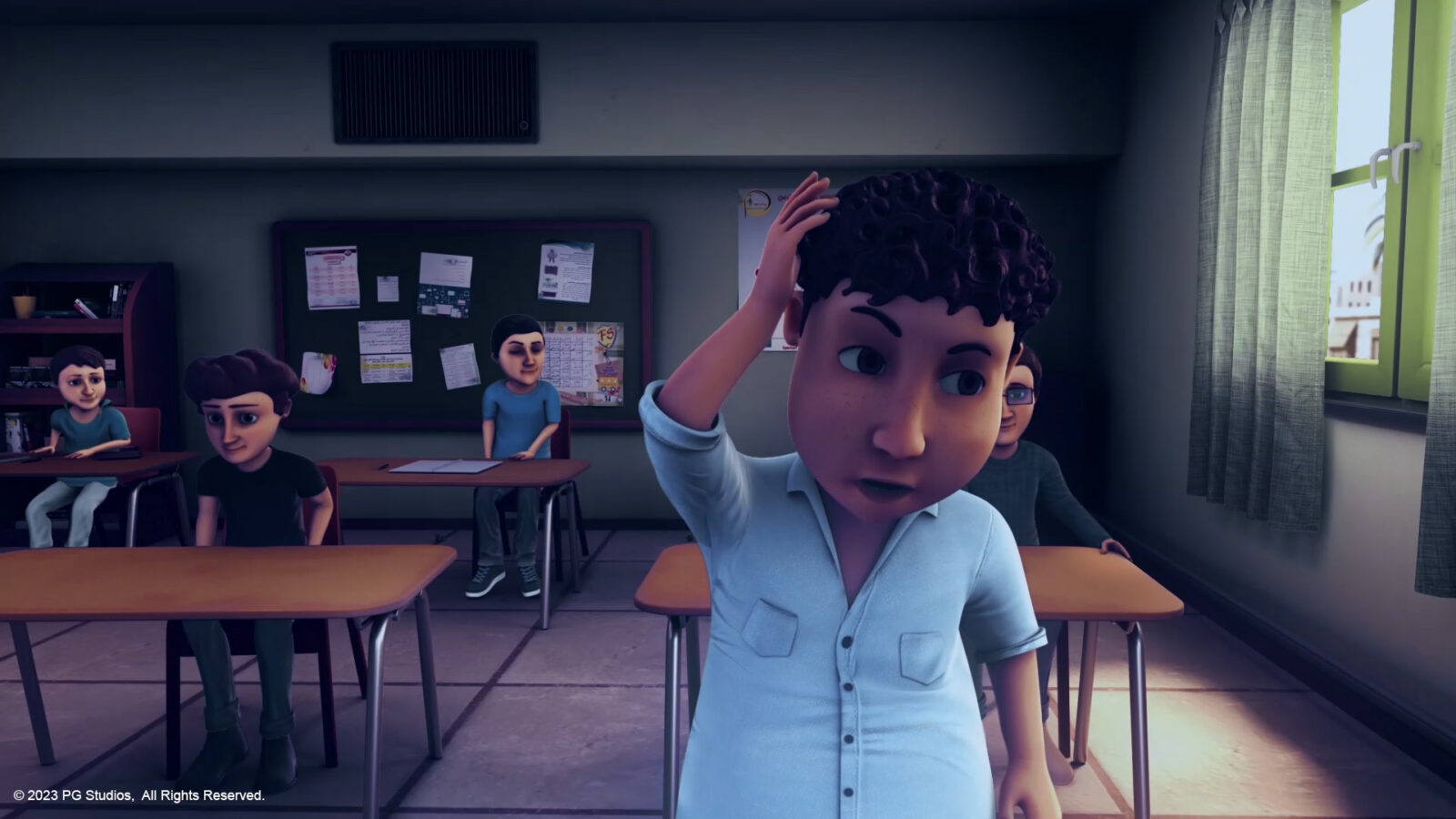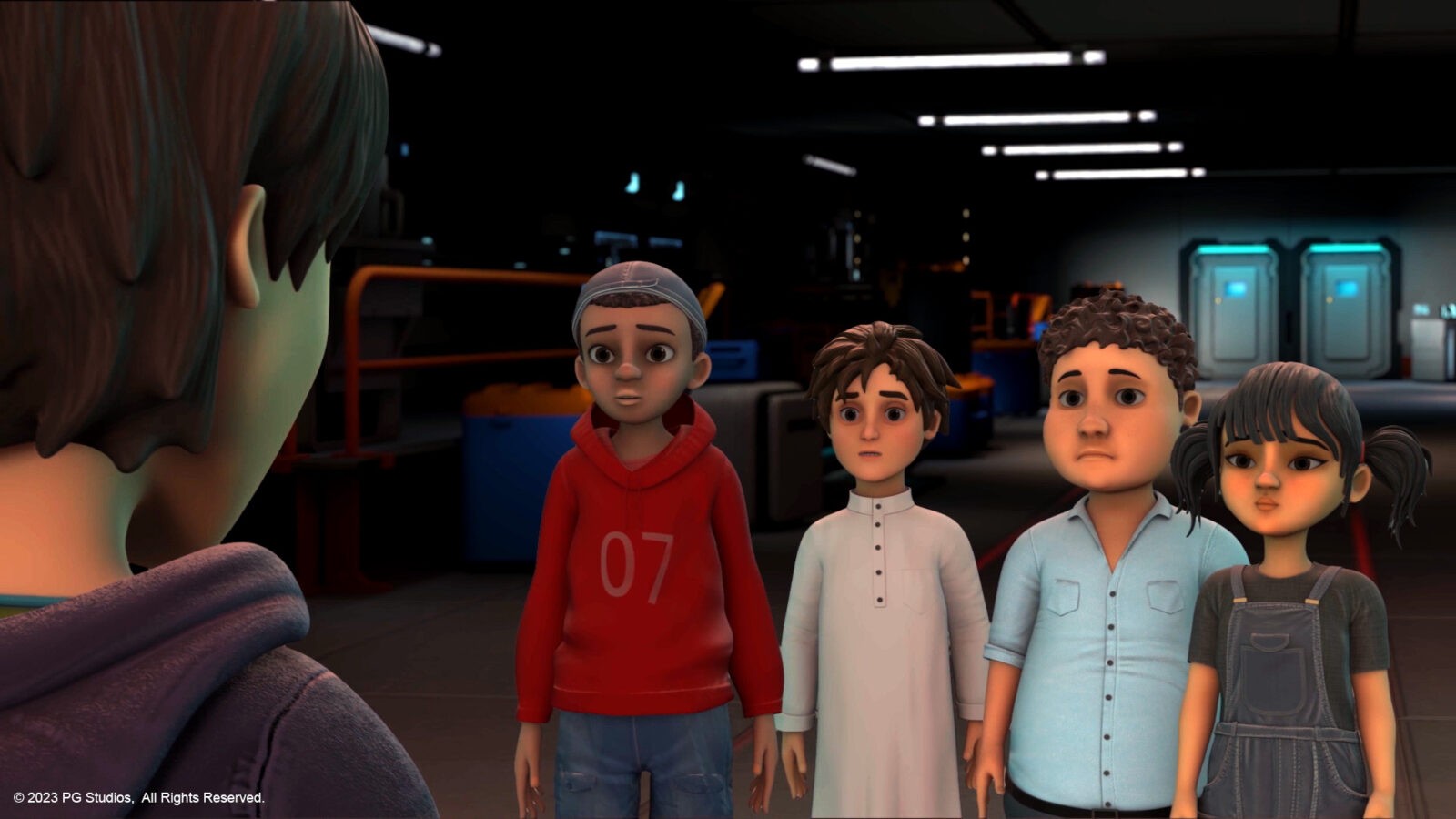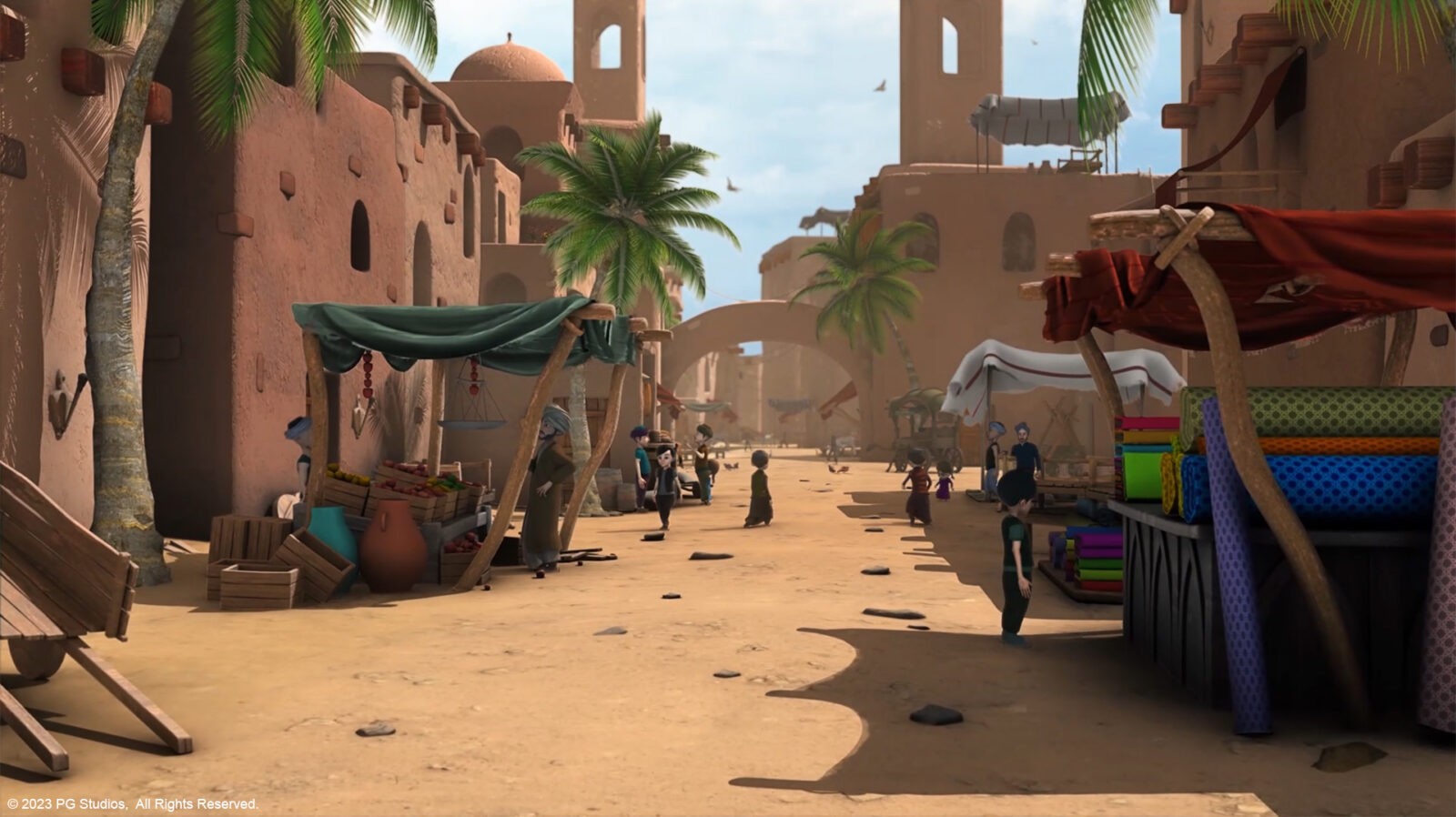3D Animation
3D Animation Services
Bring Your Imagination to Life!
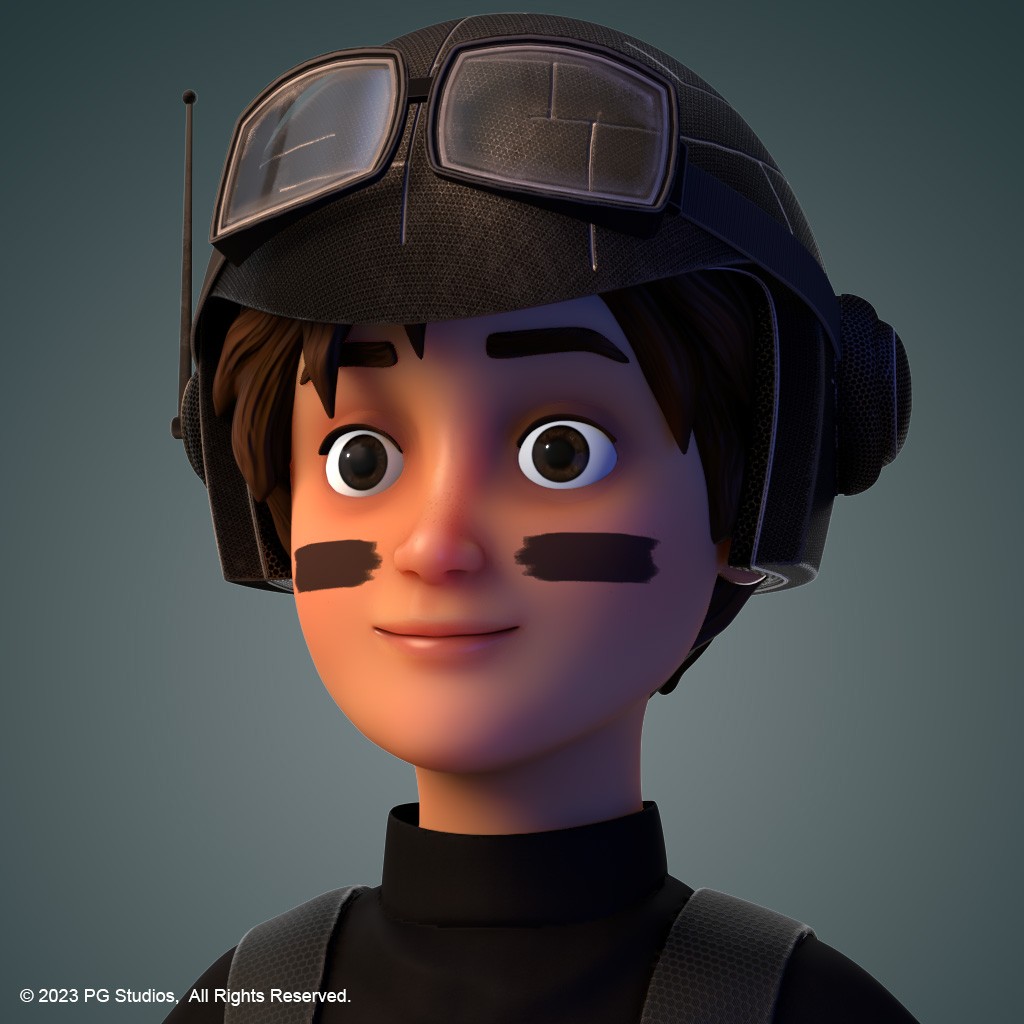
At PG Studios, we believe in the power of storytelling and its ability to captivate audiences, evoke emotions, and leave a lasting impression. With our exceptional team of skilled animators, artists, and storytellers, we pride ourselves on creating visually stunning animations that engage, educate, and entertain, from concept to completion.
Our services extend across a wide range of industries and purposes:
- Animated films, series, and songs
- Architectural visualization
- Product showcases
- Explainer videos and educational content
- Cartoons and kids content
- Games development
- Virtual reality experiences
At our core, we are passionate about pushing the boundaries of what’s possible in the world of 3D animation. Our commitment to excellence, innovation, and attention to detail sets us apart. We are driven by a desire to deliver outstanding results that make a lasting impact. We work closely with our clients, collaborating and iterating throughout the creative process to ensure that the final product exceeds expectations.
The creation of a 3D animation is a complex process that involves a number of stages and processes that take a project from its initial concept to its final completion. Let’s take a look at the various steps involved in the production of the popular Child of The Sun series, available for streaming on the PG Kids platform, as developed by PG Studios:
The production pipeline is divided into three parts: pre-production, production, and post-production:
Pre-production: a project is in its early stages and the team working on story and character development, writing scripts, recording dialogue, storyboarding, background layout, and character animation.
Production stage: animators breathe life into their characters and objects by giving them movement. The figures are then colored and processed (“digital ink and paint”) and composited over their appropriate backgrounds.
Post-production: this is the final stage of adding sound and editing to ensure the project looks sharp and flows seamlessly, and then it is exported in the final format.
Concept and Pre-production:
This is where it all starts. In this stage, the concept of the animation is developed, the story is outlined, and storyboards are created. Storyboards are a series of sketches that show the main scenes of the animation, similar to a comic strip. The story is then written into a script, which includes dialogue, action descriptions, and sometimes even technical details for the animators.
Although the majority of our work is conducted digitally, traditional hand-drawn techniques are still a useful skill set to have.
- Idea Generation: Develop a clear understanding of the project requirements, objectives, and target audience.
- Brainstorm concepts and define the artistic direction.
- Character and Environment Design: Design and create characters, props, and environments that align with the concept and style of the animation.
- Storyboarding: Create a visual narrative by sketching out key scenes and sequences, establishing the overall flow of the animation.
- Scripting: Develop a script or dialogue to guide the storytelling and character interactions.
- Animatic: Created by playing a series of images in order and changing the timing on each frame. Timing changes are used to create a sense of place. and essence, (it’s an animated storyboard).
3D Modeling
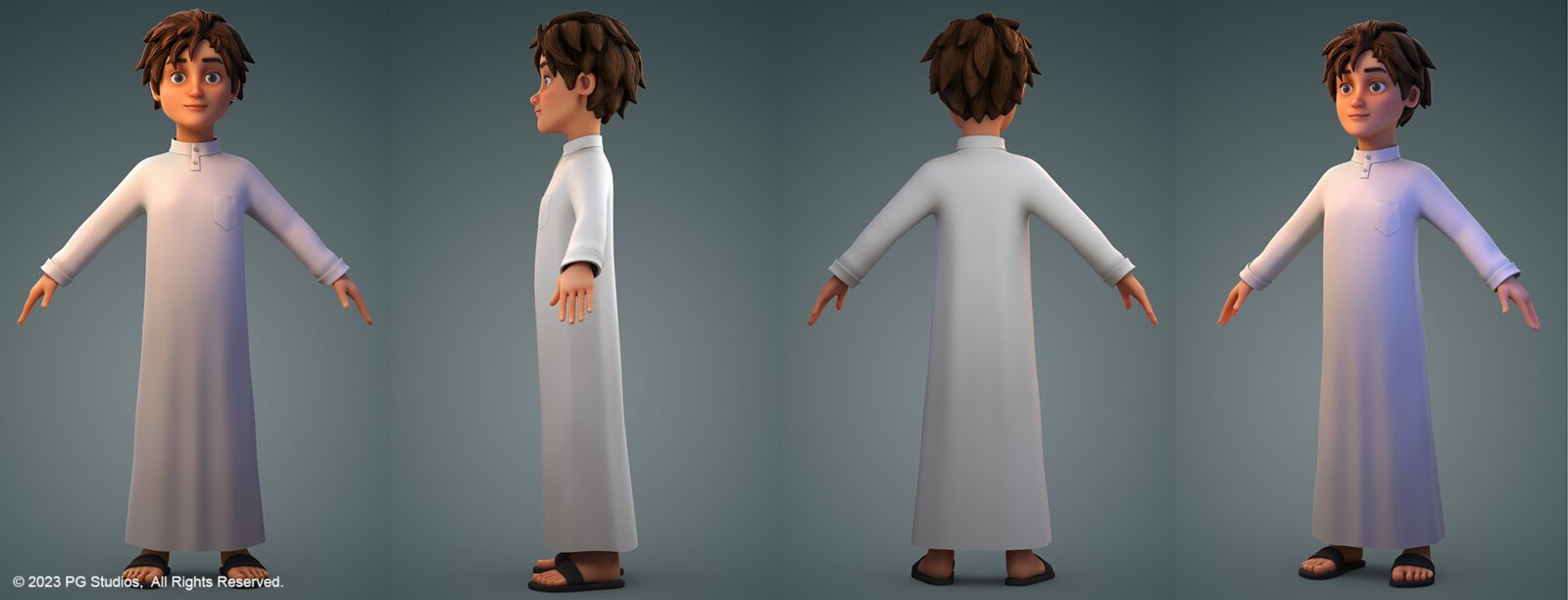
Transform ideas into realistic 3D models. Our skilled artists create detailed and accurate 3D models for various industries and purposes, including architectural visualization, product design, and prototyping.
Texturing
- UV Mapping: Unwrap the 3D models and assign texture coordinates to ensure accurate placement of textures.
- Texturing: Apply textures and materials to the 3D models to bring them to life, adding colors, patterns, and surface details.

Rigging
- Skeleton Setup: Create a digital skeleton inside the 3D models to define their underlying structure and movement capabilities.
- Rigging: Attach controls and constraints to the skeleton, enabling animators to manipulate the models easily.
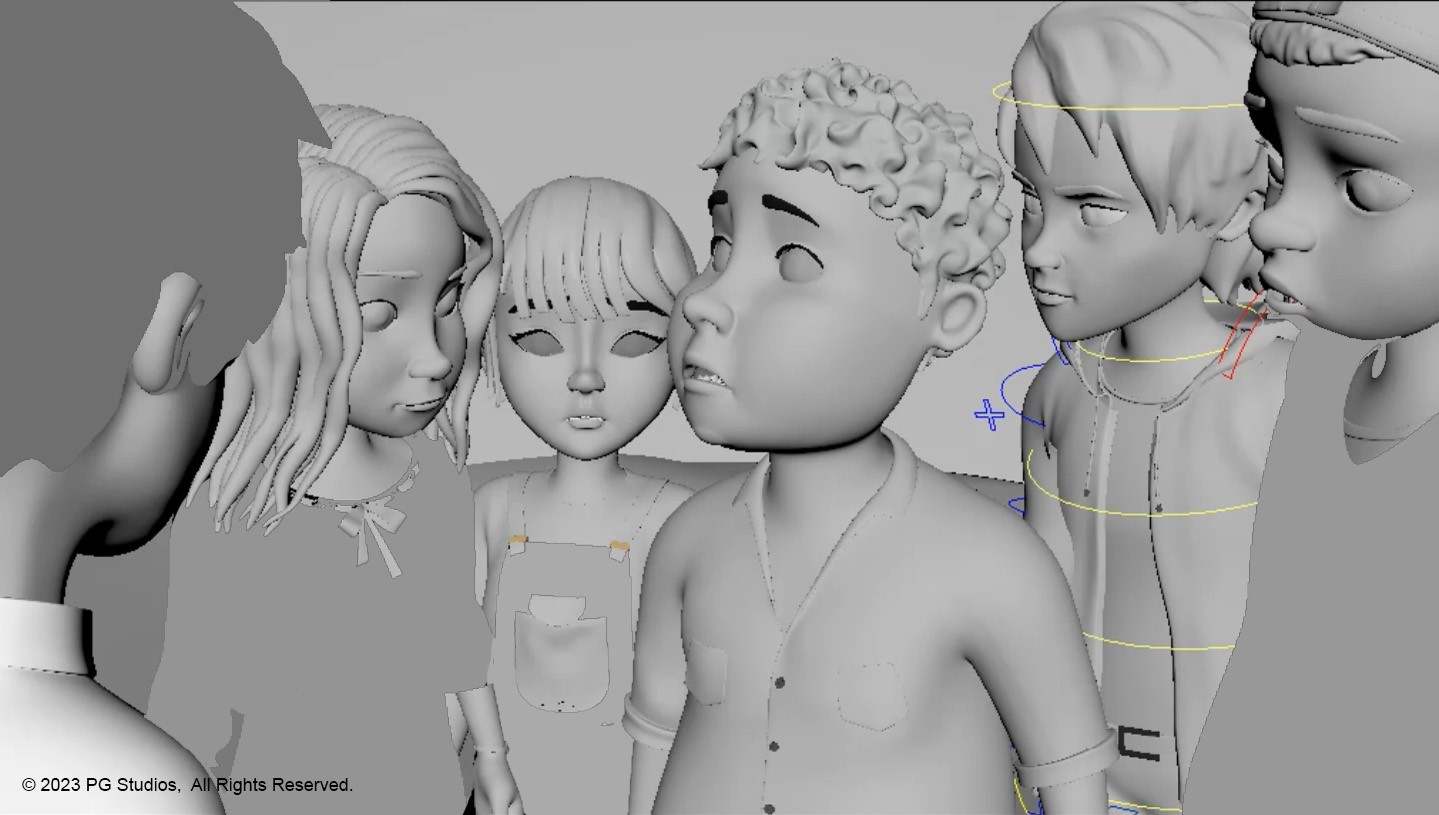
Animation
- Keyframe Animation: Animate the 3D models by setting key poses and movements at specific points in time.
- In-betweening: Fill in the gaps between key poses, creating smooth and fluid motion.
- Character Performance: Bring the characters to life by adding expressions, gestures, and interactions that convey emotion and personality.
- Mocap 3D animation: Captures real-life movements and transfers them onto digital characters, making them move realistically.
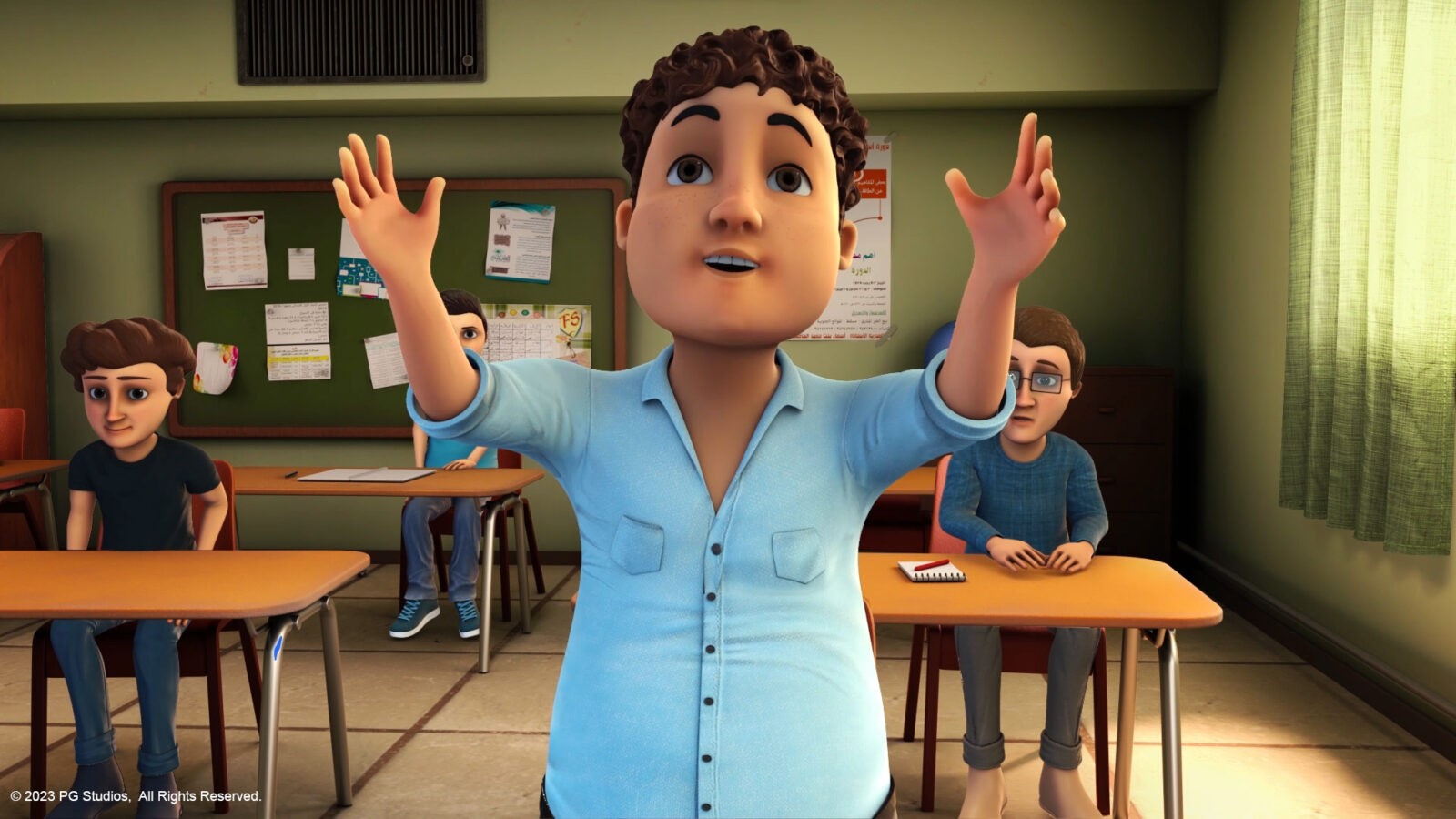
Lighting and Rendering
- Lighting Setup: Set up virtual lights to create the desired mood, shadows, and highlights within the scene.
- Rendering: Use powerful rendering software to generate high-quality images or sequences from the 3D scene.

Post-production
- Compositing: Combine rendered images or sequences with additional visual elements, such as background plates or special effects.
- Editing: Arrange the animated sequences, add sound effects, music, and dialogue, ensuring a cohesive and engaging final product.
Review and Feedback
Collaborate with clients, creative directors, or stakeholders to gather feedback and make necessary adjustments to improve the animation.
Final Output
Export the animation in the desired format, resolution, and aspect ratio for its intended use, such as video files, interactive applications, or web-ready formats.
At PG Studios, we are committed to breathing life into your imagination through the art of 3D Animation. Let us help you tell your story in a visually captivating and emotionally resonant way that leaves a lasting impression on your audience.

